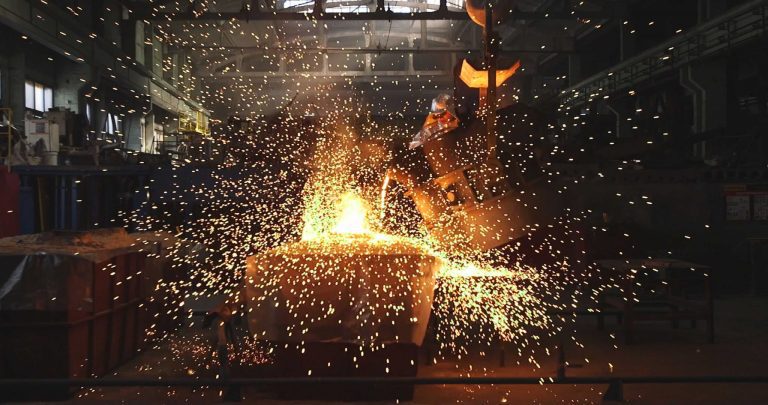The World Steel Association’s 2020 World Steel in Figures whitepaper reports the continued rise of annual steel production, up by 3% in 2019 from the previous year. The world’s total steel output is now ten times as much as it had produced 70 years ago. It also states that steel will remain the backbone of cities and communities of the future for its durability and recyclability. It’s incredible to know that a material created somewhat by accident is now everywhere, from cars to skyscrapers. Had the steel we know and use today existed during the times of great conquerors like Alexander the Great, the landscape of the globe would’ve been much different. Even the first forms of steel—wrought iron, for instance, had made ancient armies for a time unstoppable. Technology is continuously improving how to make steel. Some steelmakers are now looking into creating ‘green steel,’ burning hydrogen instead of coal to reduce their carbon footprint. If it works, steel production might reach record highs, as a chance to cut back on the industry’s 8% global CO2 emissions is too good to pass. One thing that has barely changed about steel is its use. The World Steel Association’s report cited these five sectors as the most extensive applications of steel. 1. Building and Infrastructure (52%) From the humble single-story house to history’s megastructures, steel has contributed significantly to the building and infrastructure sectors. Fabricators such as Steelgram Fabrications manufacture and supply steel beams and frames to various construction projects. It can be formed to any shape the project requires, allowing for a wide range of approaches to tackling the project. Over the years, steel has tackled countless engineering challenges and surpassed them. The 50-km Channel Tunnel connecting the U.K. and France, for example, is an engineering marvel of concrete and steel. Together, these materials are strong enough to withstand the pressures exerted by being built underneath the English Channel’s seafloor. 2. Mechanical Equipment (16%) It’s not only the infrastructure itself that uses steel but also the heavy equipment that built it. From excavators to lofty cranes, steel is the preferred choice for the same reasons as construction. Steel can be molded into any shape or form, yet maintaining its rigidity. Fabricators with contact details on sites like engineeringarena.co.uk also make steel for such applications. The Channel Tunnel wouldn’t have been possible without the help of boring machines. Weighing in at 1,100 tonnes and 8.8 metres in diameter, the machines cut through marl from both the British and French sides. High-alloy steel was used to fabricate the cutter heads that led the way, allowing them to cut away at soft or hard rock. 3. Automotive (12%) Although lighter materials like carbon fiber see widespread use, steel is still a crucial component in every new car that rolls off the assembly line. The World Steel Association estimates that every car uses 900 kg of steel, namely advanced high-strength steel (AHSS) that’s lighter than traditional steel but just as strong. With AHSS making up at least 60%, a car’s gross weight can be reduced by as much as 10%. The lighter the vehicle, the less drag it experiences on the road, which also translates to less fuel used. As regulations regarding new cars are stressing more on fuel economy, steel will help automakers meet them without sacrificing quality. 4. Metal Products (10%) Chances are nearly all your things at home are, to an extent, made out of steel or one variant of it. For instance, cookware such as pots and pans are mostly made using stainless steel. Aside from its high heat and corrosion resistance, stainless steel also makes cleaning a breeze. Just remember not to use an abrasive brush for cleaning. Another example is tool steel, specifically designed for making into tools like hammers and pliers. The steel needs to withstand the rigors of everyday use, mainly wear-and-tear and softening when exposed to heat due to friction. 5. Other Transport (5%) Motorcycles, bicycles, trains, ships, and planes all fall under this category and for the same reasons as automotive. However, the base material used for this purpose can vary from the traditional iron. This gives steel properties that make it suitable for specific conditions. For shipbuilding, it uses aluminium-based steel to make the ships highly resistant to sea corrosion. It’s also applied to building high-speed trains for its lightweight property, allowing trains to cover vast distances in hours. In recent years, the aerospace sector is slowly replacing aluminum-based steel in favor of titanium-based one. Lighter than aluminum but stronger, titanium is the ideal choice for commercial planes and military jets. This steel is also better at withstanding extreme temperatures at high altitudes.









